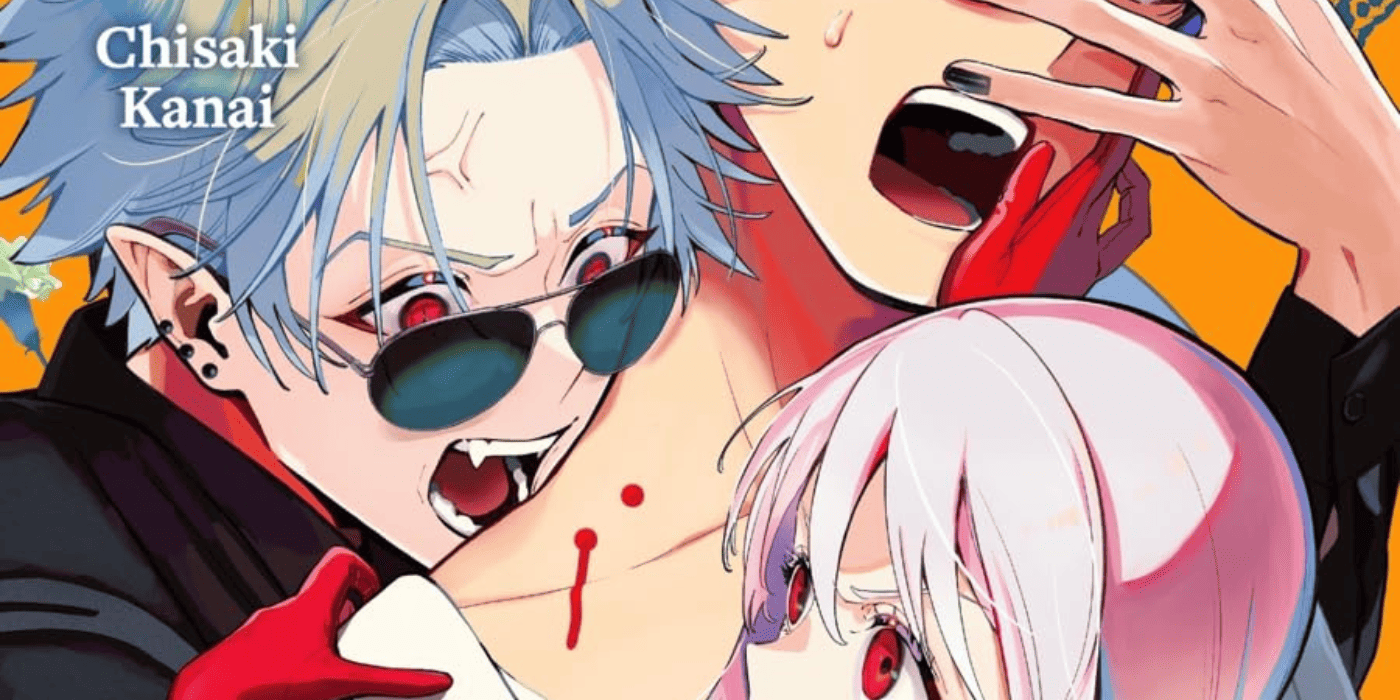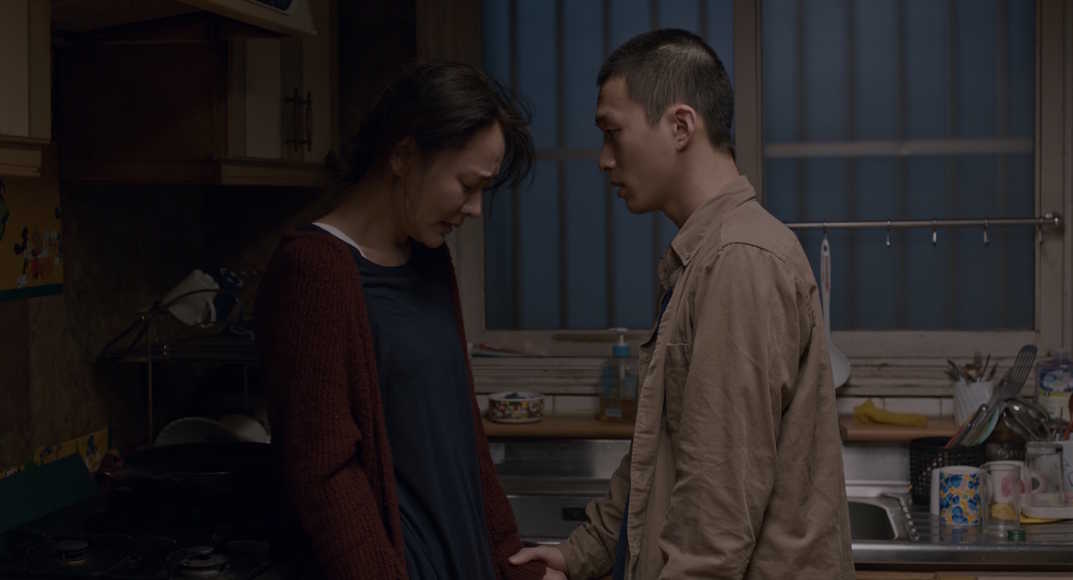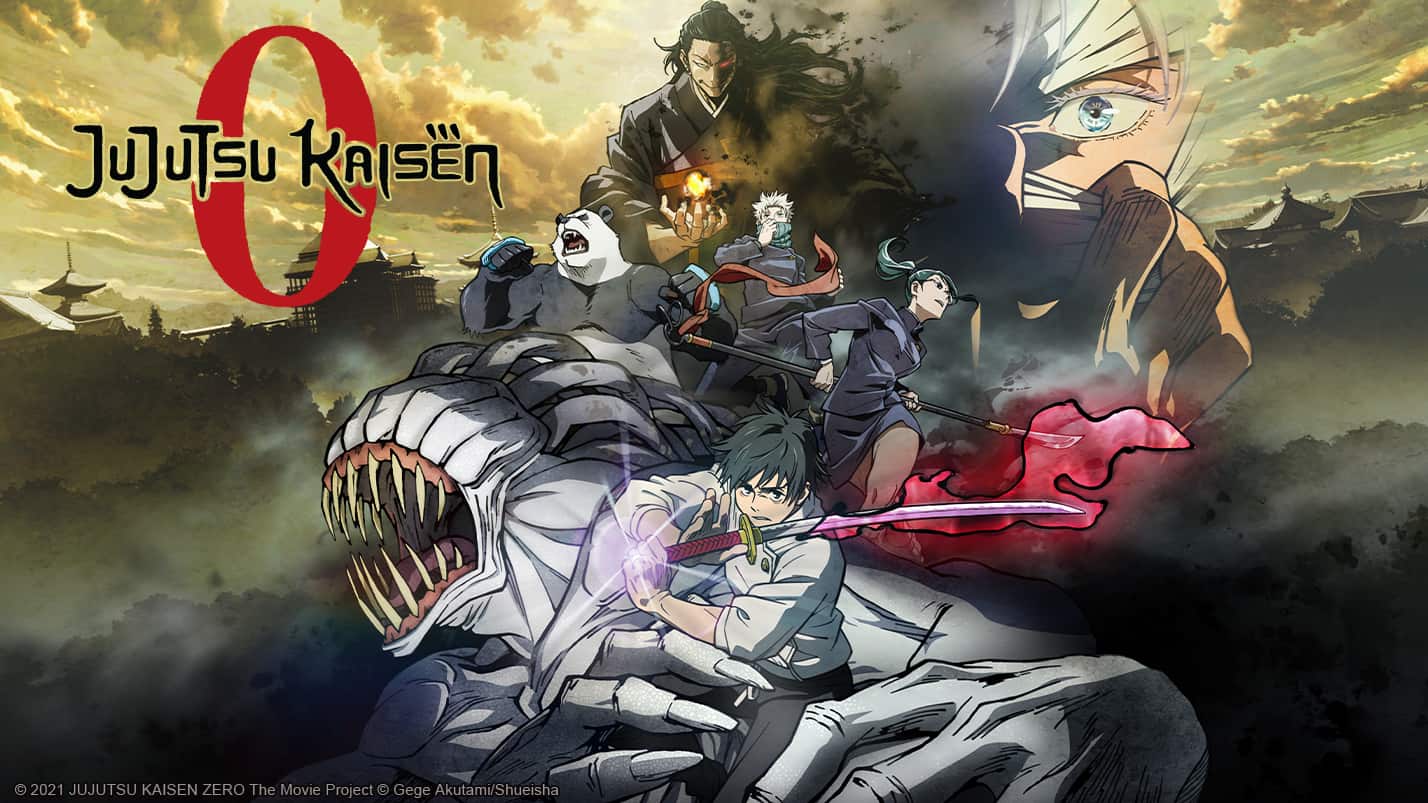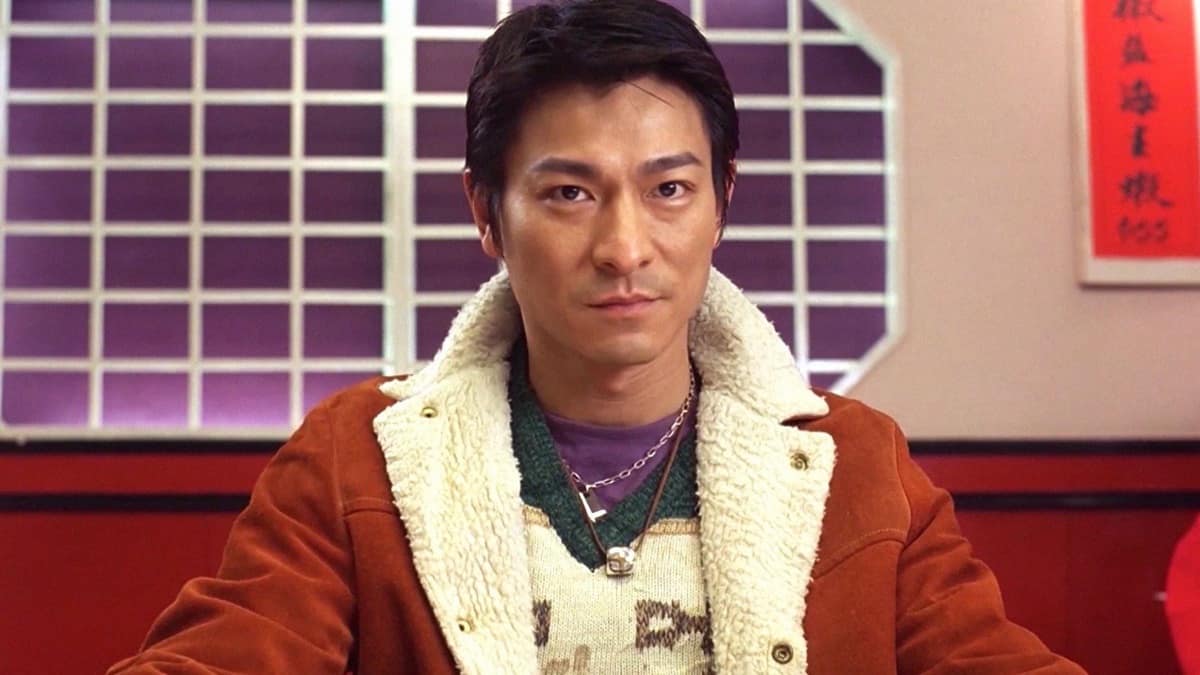by Nguyễn Minh Tiến
Whether it was on purpose or not, artistic works produced during the last two decades have continued to promote various perspectives of marginalized voices in an overpowering and dominant Eurocentric realm. Movies depicting iconic female individuals, movies about the feminist movement, or movies directed and produced by women have acquired increasing attention, thus are widely recognized in a male-dominated industry like filmmaking. This might signal a gradual shift towards a world in which women have more rights to tell their stories from their points of view. Ash Mayfair's debut feature movie, “Vợ Ba” (The Third Wife) (2018), follows May's journey, a fourteen-year-old girl who was brought into a Northern Vietnamese family as the third wife of a silk merchant. This can be recognized as one of few contemporary features that is both told by a female director and put Vietnamese women's narratives into the global feminist movement conversations. Despite an obscure combination of romanticism and realism aesthetics which raised controversies amongst the audience, “Vợ Ba” manages to tell a subtle intersectional story of hidden feuds in a Confucian polygamist family during the late nineteenth-century, by depicting the three wives' characteristics and stories, the symbols of fertility according to traditional Confucianism, and May's observations while being the new member of the family.
This article is part of the Asian Cinema Education Film Criticism Course 2021

It can be fairly stated that the movie takes an intersectional perspective, depicting a traditional theme in which all the wives are the protagonists of this story and none of them should be identified as antagonists. In the sense that they had their own stories while living in a hierarchical family in which the only responsibilities they were obliged to do were household chores, which are mainly framed in the house they were in. May's journey within the family is built upon the stories of the other two, both directly and indirectly, compelled by their other two “older sisters,” merchant Hùng's first (Hà) and second wife (Xuân). Hà's position as the oldest wife was to guide them to follow the house's regulations that divided the women's roles in the family, separate from most of the men's business, for which she took most of the responsibilities in facilitating them. Even though Hà had the most control of the three wives in the family, she still faced many internal struggles, since her only son did not want to participate in an arranged marriage and she miscarried, which is commonly seen in these polygamy families, whereas the eldest wife was left out by her husband. The grin that Hà gave when looking at May's newborn girl may highlight her internal desire to be the ultimate powerful wife, out of all the wives, and keep her pride while dealing with the other two wives. Xuân may have experienced a similar sense of being ignored by her husband because she did not have any sons, but rather two daughters. It was the belief that only men could keep their family business going, and women were soon to be given away from the house. For Xuân, this situation and her affair with Hà's son can be seen as her getaway from her own reality, yet uncertainty remains. Essentially, these are stories that can be observed in any Vietnamese family during the feudal era. Vietnamese women were similarly portrayed in the Western's perspective as obscure, impartial, and primarily reliant on their male figures in the house; their voices might not have been fully heard, and feuds they had with their fellow wives were, in some ways, oppressed by those hierarchical positions.
Symbols representing fertility and Asian women are also intertwined with the main plot to enhance Ash Mayfair's Vietnamese feminist interpretation. In the middle of the house yard, May stands next to a white silk cloth with a blood stain. The cloth is hung on a willow branch witnessed by Hà and her servant Lao. It was right after the scene where May spent her first night in bed with her new husband Hùng, who had sipped an egg yolk from May's belly. The red from the lanterns hanged in front of the house and the blood stain, together with the color white on the cloth and the night gown worn by May depicts the color of purity. These images are used as a great combination to depict not just how Vietnamese society perceived women in the nineteenth century as purely innocent teenagers or virgins with innocent, naive worldviews, but also how much of the influences brought by Chinese Confucian ideologies since colonialism divided the classes in a broader sense with cognitive perceptions. It may also demonstrate how viewers can imagine Vietnamese people consistently upholding their traditions even during a time when French colonialists had a significant impact on their social and cultural traditions in general. As the story of the main characters develops, the evolution of the silkworms from being in the eggs to turning themselves into cocoons is also framed in between shots of the movie. This double-layer icon demonstrates both the business May's family are pursuing and one of the most common symbols in East Asian folklore when women had been objectified to be responsible for breeding the next generations of strong, talented men for the family. Ultimately, these symbols depict how captive Vietnamese women might have been in a typical Confucian family, whereas they were only recognized for their roles in maintaining the family and were unable to get involved in greater events outside their house.
May's viewpoints and fragmental experiences can also be separately analyzed in order to comprehensively understand both a typical, yet also a rather uncommon nineteenth-century Vietnamese female characteristic trait. May did not speak much and most of the dialogues in the movie are made by other characters talking to her. This shows that May was still in the beginning stage of learning to be a wife and silently observed all the stories from every character in the movie. It may also refer to the fact that the female characters in Vietnamese feudal society did not have many spaces for their voices to be heard, and when brought into a polygamy family, they were manipulated by other people, losing their ability to make their own decisions. One subtle turning point for the main protagonist was when she confessed her affection to Xuân while stroking Xuân's body with her hands. It could be the outcome of May's experience of witnessing Xuân having an affair with Hà's only son in the forest, or it may have developed from the compassionate feeling when Xuân was considered a big sister, taking care of her little sister who May is, in close kinship while pregnant with Hùng's child. In either of those scenarios, this is a new approach that Ash Mayfair brings into her movie, illustrating the intersectional tension these women might have had when they were close together, not just being envious of each other's position but also having affections and being more sympathizing to each other.
In the last scene, May silently observes her newborn girl she holds in her arms. Her eyes speak more than words as she gradually picks up the yellow flower, representing death. As the wide-angled shot frames May, surrounded by the most scenic natural background and her action of feeding the baby with that poisonous plant, the audience once again has a chance to experience the uncertainty of an action that had to be put out by the Vietnamese women living in a Confucian society. They had to deal with their own faith, hiding their decisions from everyone, and their voices were never heard like their husband's, the crucial position in the hierarchy. May's intention to pick up the yellow flower can also be understood as a replication of what she learned from Hà's experience as it is also a sign that this young girl was not an adult yet. Many young Vietnamese ladies who became wives while living in polygamy families did not reach the average maturity age compared to today's society's standards. Ultimately, May's story as the third wife reveals the intersectional experience that sparks an engaging, uncommon story from a typical character while maintaining the collective understanding of the female figure in Vietnamese feudal society.

Even if there was solid evidence of the Vietnamese female director's feminist interpretations and experiences, “Vợ Ba” would have encountered a contentious debate about how much Vietnamese female identity is represented in the film. The pastel, dreamy colors throughout the entire movie may have brought some unsettling feelings for viewers as they may have suggested a French romantic aesthetic more than the sense of art identified as “Vietnamese aesthetics”. Trần Anh Hùng's art consultancy and his wife's Tôn Nữ Yên Khê portrayal do not help connect all the acquired Vietnamese identities to tell an entertaining story of a traditional Northern Vietnamese family in the nineteenth century. Colors play a role in provoking first-hand emotions alongside what viewers see on the screen, and they shape their perspectives on a typical sense of memories about a specific place or period. However, the feeling of a nostalgic Vietnam is not transparent as the colors do not seem to appropriately highlight the vibrance of the Vietnamese traditional aesthetics.
Not to mention the comparisons viewers can make between this movie and Trần Anh Hùng's “The Scent of Green Papaya”, which was more suitable for this kind of color layering modern stories that could happen in Indochina during the French colonial period in the early twentieth century. Moreover, the bars were raised when Ash Mayfair had to retract “Vợ Ba” after three days of being released due to the controversy surrounding the casting of an underage actress even with full consent and permission given from Nguyễn Phương Trà My's family, since viewers did not have a chance to know the production process. To her defense, Ash Mayfair once stated at a press conference that casting Trà My was a decision made in choosing the right person who could most likely resemble her grandmother's true story, the story when she began to be the third wife of a family at a very young age. This once again insisted that the local film industry cannot sustainably develop solely based on the viewers' reception ability when the country's laws at that time did not appropriately categorize the movie. Had there been such an understanding of recognizing the symbolism and the ability to distinguish between the real-life personal status and the fictional portrayal of a character in a movie, there would have not been such public pressure that pushed the filmmaker to withdraw her brainchild out of cinemas.
When all is said and done, as this essay aimed to argue, “Vợ Ba” by has decently provided a fresh, contemporary look, westernized yet still containing many Vietnamese aspects, on a rather traditional topic of Vietnamese female figures living in the nineteenth century, through the depictions of three wives, the symbols of birth, and the experiences from May's point of view. Any film that goes beyond the most well-known narratives about Vietnam – the Vietnam War and the Communist Party – can be classified as part of the New Vietnamese Wave in filmmaking. Although I may lean towards the criticism that “The Third Wife” could have done a better job of fully portraying the stories of May, the main protagonist, laid as the premise, I would still claim Ash Mayfair's directorial debut feature movie was a wholesome and decent production, since it consciously upheld a whole new feminist narrative, which was inevitably difficult. Thus, for a director to put out this one in her first movie can also be referred to as laying the foundation for Vietnamese filmmakers to confidently put their insights into the feminism dialogues occurring around the globe through the power of film production.
Works cited:
Mayfair, Ash, director. The Third Wife. Mayfair Pictures, An Nam Productions and Three Colors Production, 2018.















